Raspberry Pi 4 Specs, Release Date, and First Look
The Raspberry Pi Foundation revolutionized the single-board computer (SBC) space with its Raspberry Pi board in 2012. Since then, the Raspberry Pi has undergone a series of iterations, and on June 24, 2019 the Raspberry Pi dropped its Raspberry Pi 4 in a surprise announcement. It's the most powerful and capable board to date, ushering in a slew of hardware changes and a physical overhaul. Learn more with a look at Raspberry Pi 4 specs, release date, cases, and more!
Raspberry Pi 4 Specs and Release Date
In an Internet-shattering announcement, the Raspberry Pi Foundation launched its Raspberry Pi 4 seemingly out of nowhere. It's a totally revamped board with increased processing power and specs. In a surprise move, the Raspberry Pi 4 release date is its announcement day, June 24 2019.The most obvious change is that, unlike its predecessors, the Raspberry Pi 4 boasts three different trim lines: It's available with 1GB, 2GB, 4GB, or 8GB of RAM. Aside from that, every board maintains the same specs. There's faster networking with Gigabit Ethernet alongside Bluetooth and Wi-Fi connectivity. You'll find two USB 20 hosts and two USB 3.0 ports for faster data transfer speeds. Whereas previous Raspberry Pi versions used micro USB for power, the new Raspberry Pi 4 boasts a USB-C for its power supply (PSU). Similarly, the Pi 4 introduces dual micro HDMI ports, capable of powering dual 4K displays. Replacing the Broadcom BCM2837B0 quad-core A53 (ARMv8) 64-bit @ 1.4GHz system on a chi[ (SoC) and Broadcom Videocore-IV GPU there's a Broadcom BCM2711, Quad-core Cortex-A72 (ARM v8) 64-bit SoC @ 1.5GHz.
Onboard, the Raspberry Pi 4 maintains a 40-pin GPIO header, microSD card slot for loading an operating system, 2-lane MIPI CSI camera port, and 2-lane MIPI DSI display port. There's also Power over Ethernet (PoE) support. While it's a new board, Raspberry Pi 4 projects are already in development!
Raspberry Pi 4 release date: June 24, 2019
Raspberry Pi 4 specs:
- Broadcom BCM2711, Quad-core Cortex-A72 (ARM v8) 64-bit SoC @ 1.5GHz
- 1GB, 2GB, 4GB, or 8GB LPDDR4-2400 SDRAM (depending on model)
- 2.4 GHz and 5.0 GHz IEEE 802.11ac wireless, Bluetooth 5.0, BLE
- Gigabit Ethernet
- 2 USB 3.0 ports; 2 USB 2.0 ports.
- Raspberry Pi standard 40 pin GPIO header (fully backwards compatible with previous boards)
- 2 × micro-HDMI ports (up to 4kp60 supported)
- 2-lane MIPI DSI display port
- 2-lane MIPI CSI camera port
- 4-pole stereo audio and composite video port
- H.265 (4kp60 decode), H264 (1080p60 decode, 1080p30 encode)
- OpenGL ES 3.0 graphics
- Micro-SD card slot for loading operating system and data storage
- 5V DC via USB-C connector (minimum 3A*)
- 5V DC via GPIO header (minimum 3A*)
- Power over Ethernet (PoE) enabled (requires separate PoE HAT)
- Operating temperature: 0 – 50 degrees C ambient
Raspberry Pi 4 Pricing
With the introduction of tiered Raspberry Pi boards in the Pi 4 comes a new pricing structure. Thankfully, pricing remains competitive with the base 1GB variant retailing for $35 USD for the board only. The 2GB Raspberry Pi 4 clocks in at $45 with the 4GB version sliding in at $55. That's pretty reasonable.
Raspberry Pi 4 pricing:
- 1GB: $35 USD
- 2GB: $45
- 4GB: $55
- 8GB: $75
Raspberry Pi Cases, Accessories, and Operating Systems
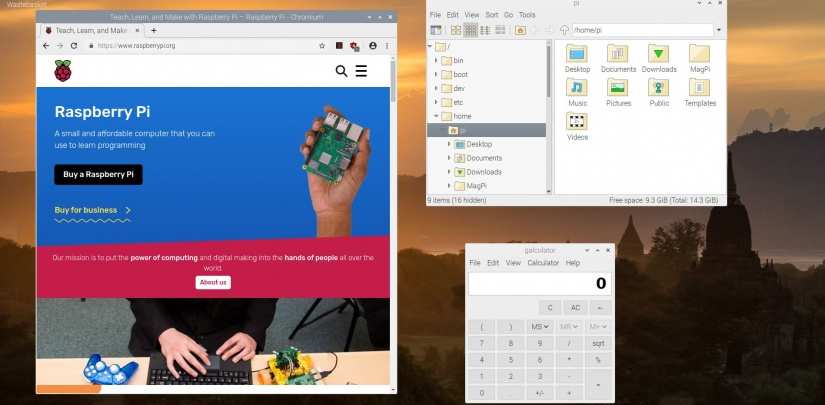
Because of its overhang on the connector side by the Ethernet and USB ports, as well as opting for USB-C over micro USB and dual micro HDMI outputs instead of a full-size HDMI, existing Raspberry Pi cases won't work. Instead, you'll need a new Raspberry Pi 4 case. Currently, supply is pretty limited and the only options at launch are from the likes of Canakit. However, expect the likes of RetroFlag to debut Raspberry Pi 4 cases before too long.
With its new underlying software, the Pi 4 breaks compatibility with the current roster of Raspberry Pi software. There's a completely refreshed version of Raspbian based on Debian 10 Buster that includes an overhauled user interface (UI), new lineup of apps including the Chromium 74 web browser, and more. The Raspberry Pi 4 opts for a Mesa V3D driver which touts OpenGL 3.0 compatibility for improved application and web browser support.
Real-world Performance and Outlook for the Raspberry Pi 4
While broken compatibility with Raspberry Pi 3 accessories such as cases, PSUs, and OSes might be a minor, and temporary inconvenience, the Pi 4 makes a slew of changes to remain competitive in the maker board space. Its Cortex-A72 SoC may be a bit misleading, however. While the quad-core processor may hold a clock speed of just 1.5 GHz, seemingly inconsequential when compared to the 1.4 GHz BCM2837B0 of the Pi 3 B+, real-world performance wholly delivers. In Linpack benchmarks, the Pi 4 walloped the Pi 3 B+ clocking in 394 events per second in sysbench CPU tests compared to the Pi 3 B+ at 263.
Similarly, the Pi 4 adds not only more RAM options, but switches from DDR2 to DDR4 for significantly increased bandwidth which should provide a far better multitasking and web browsing experience. There's faster graphics performance, with 41.4 FPS in OpenArena benchmarks as opposed to the Pi 3 B+ hitting 27.8 FPS. USB storage likewise gains massively better throughput with theoretical bandwidth potential of 625 MBps. While its 802.11ac Wi-Fi remains unchanged from the Pi 3 B+, Gigabit Ethernet delivers a blistering 943 Megabits per second, compared to the relatively molasses-slow Pi 3 B+'s 237. Overall, the Raspberry Pi 4 sees the most radical change of a Raspberry Pi 4 board yet. It's a more than competent device which allows for true PC use and competes against devices such as basic laptops, powerful SBCs such as the Odroid XU4 and ASUS Tinker Board, plus Chromebooks.
For multimedia and gaming use, emulation should see vast gains, although the likes of RetroPie aren't available yet. With 4K video out capabilities, home theatre PC (HTPC) will truly shine. Whether for retro gaming, video playback, or office productivity, the Raspberry Pi 4 truly delivers and makes more than incremental updates. Expect that as more accessories and OSes debut, the Pi 4 only becomes better.







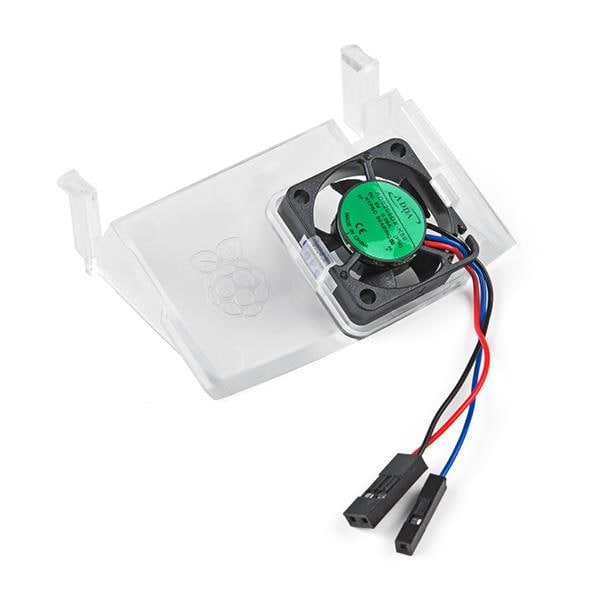

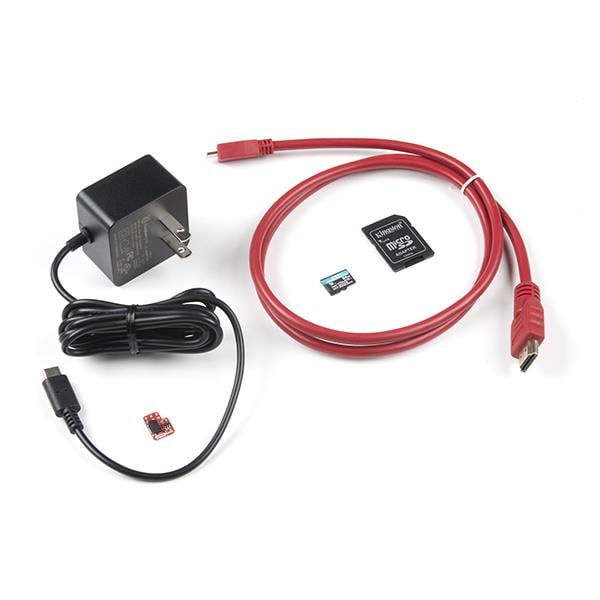


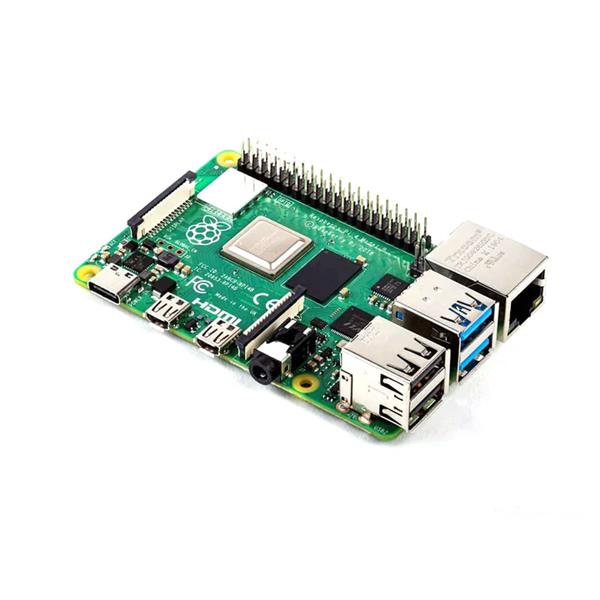
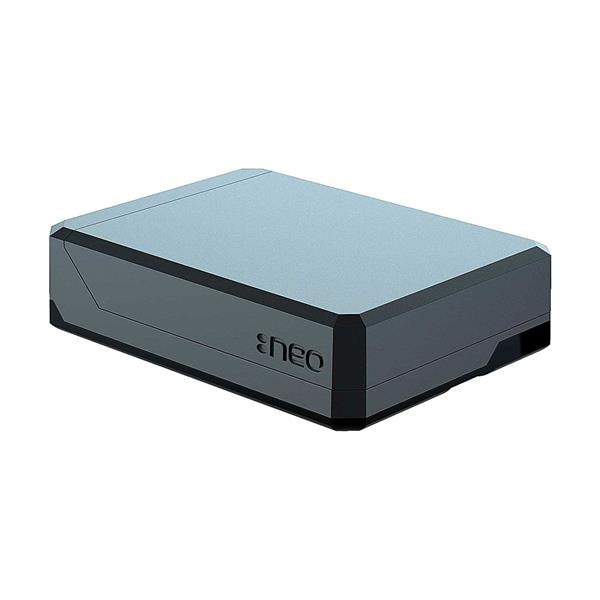
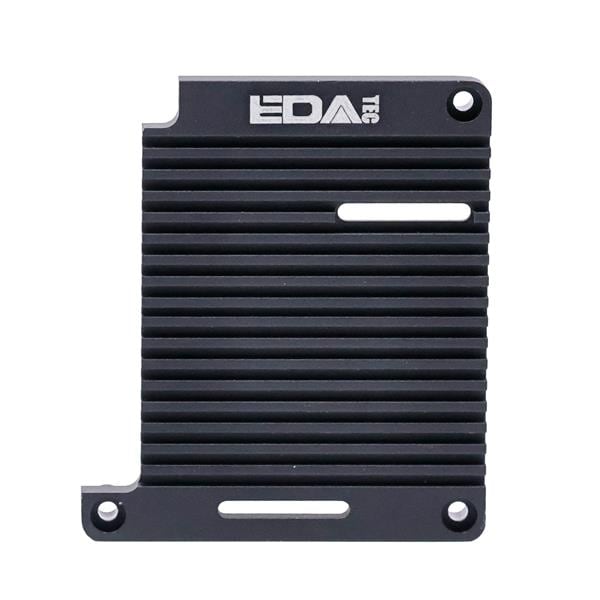

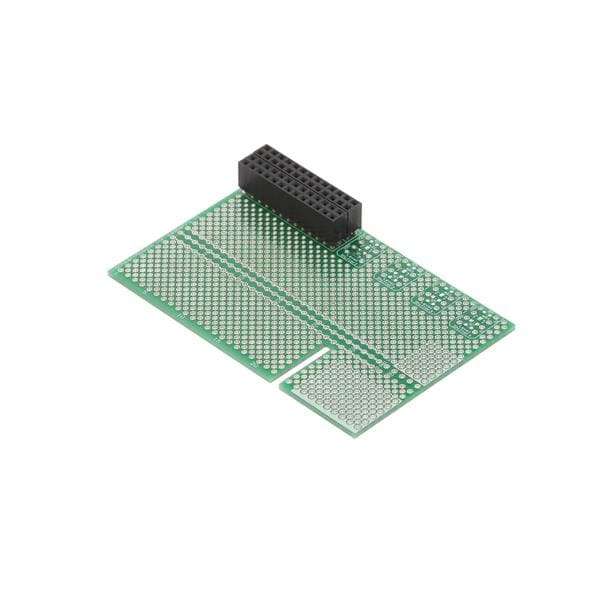

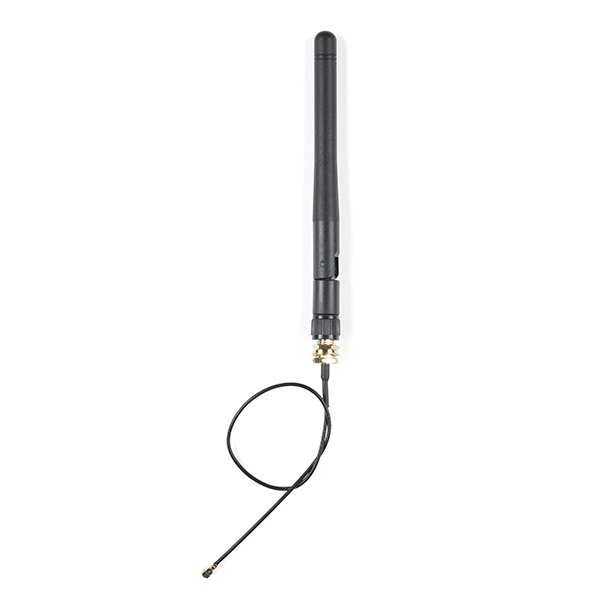
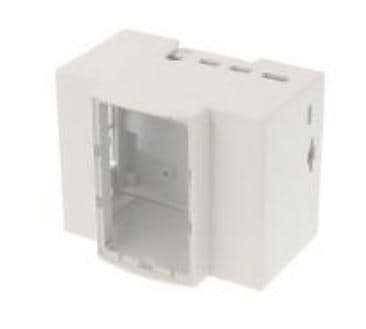
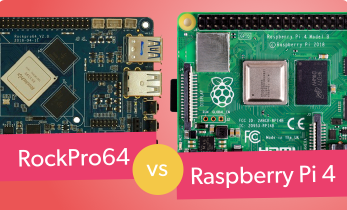
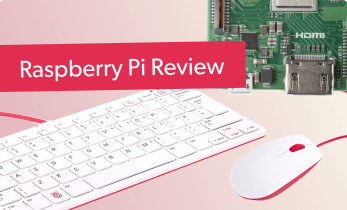
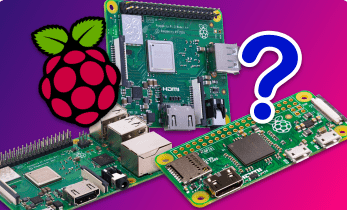
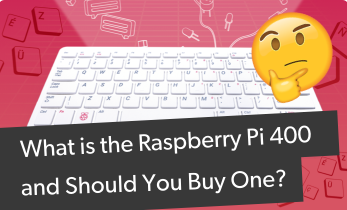
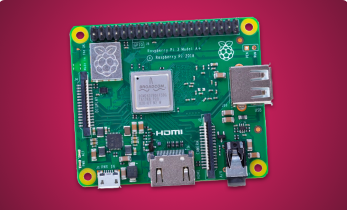
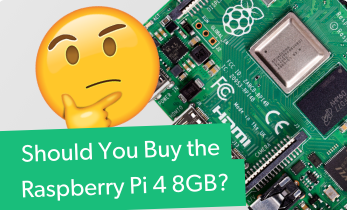
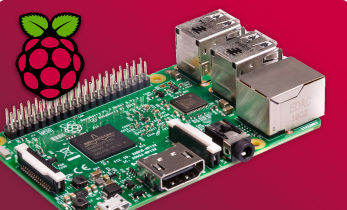
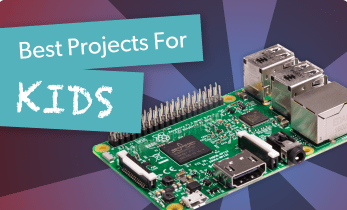
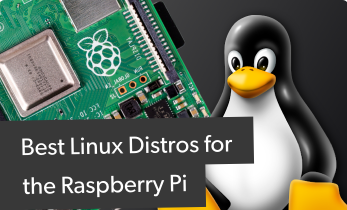
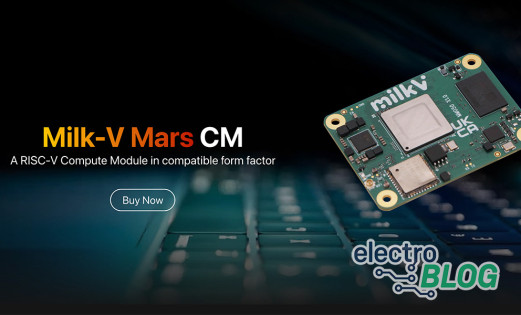
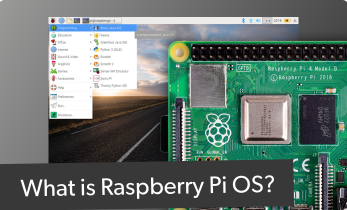
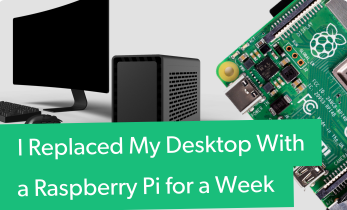



Leave your feedback...